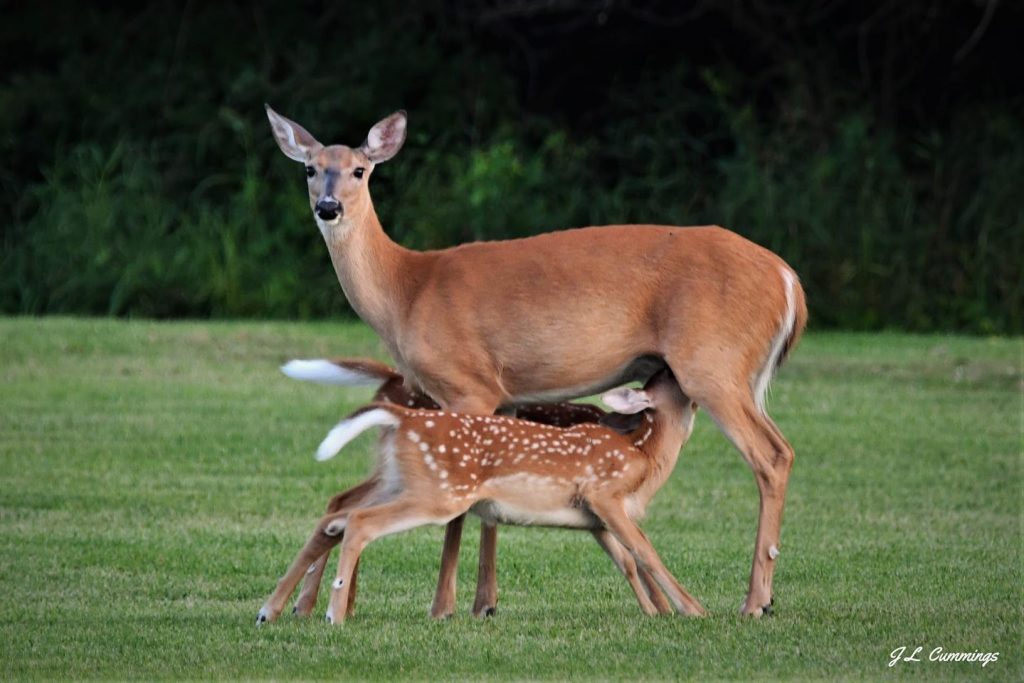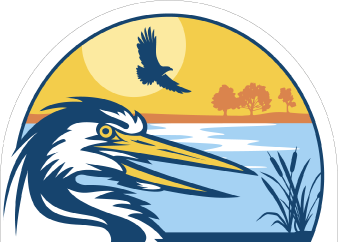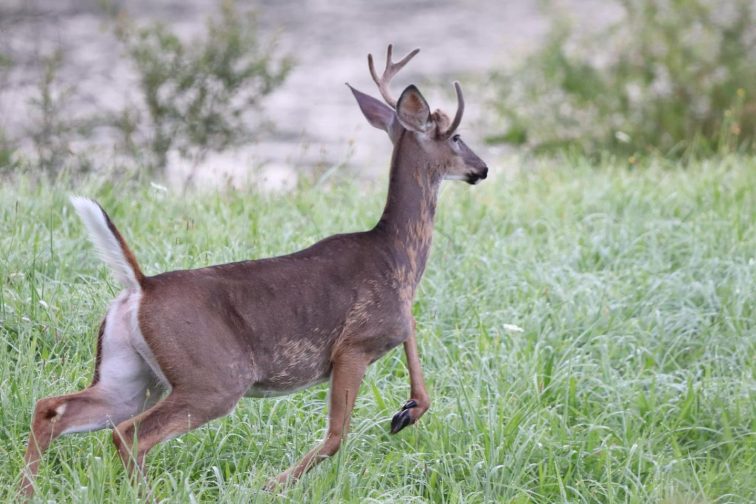
If you are a lover of animals, you may have an inspired National Geographic moment when you
see deer. They can seem like our own local gazelles – untamed and free in our upstate New
York savannahs and jungles. Like the impala, they take flight in both meanings of the word;
swiftly running away when startled, and able to make such impressive leaps, that you would
think they have wings and could pull a sleigh through the air.
There are 40 species of deer in the world – including the moose. But surprisingly, deer are not
antelope. Both groups of animals are large herbivores with split hooves who graze grasses and
browse trees and shrubs. But antelope have permanent, unbranched antlers, while male deer,
or bucks, lose their branched antlers each year.
Click here to become a member!
Click here to donate!
Deer are not only found in New York’s natural places like Iroquois National Wildlife Refuge, but
in crop fields and parks. They are sure to be seen on the grassy areas along highways in nearby
Amherst, Buffalo, and Rochester, and in cemeteries and golf courses statewide.
Deer are abundant at Iroquois National Wildlife Refuge, with staff biologists estimating a
population of 30 deer per square mile. They have been seen swimming across the refuge’s
wetlands to get to areas they prefer. Deer feed mostly by browsing – choosing leaves, soft
shoots, or fruits of taller, woody plants. Deer have no upper front teeth, which makes them
adapted to pulling off leaves from shrubs and trees. At Iroquois, their foods include dogwood,
oaks, hickories, birch and aspen. But these animals will also graze agricultural crops like corn,
vegetable plants, alfalfa, and clover.

Like cows, sheep, and goats, deer have a four-chambered stomach. When finding food, deer
partially chew it, and it goes into the first chamber. Later, they bring the food back up into their
mouth and chew it again, called chewing cud. They swallow the cud and it goes through the
other three chambers to be fully digested.
In the winter, deer will find a sunny but hidden area to rest, often under evergreen trees. They
will choose a spot that faces downwind, which helps prevent their scent from being noticed.
Deer breed in the fall, with pregnancy lasting 7 ½ months. Females, or does, usually have a
single baby, or fawn, their first pregnancy. After that, the doe generally has twin fawns each
year.
It is important to understand that does do not stand watch over their fawns all day. Does nurse
fawns several times a day and then leave. Fawns instinctively lie still to avoid being seen. If a
fawn is found alone, do not move it or assume it is an orphan. Fawns do not do well in human
care and should be left untouched.
By Heidi Truschel


